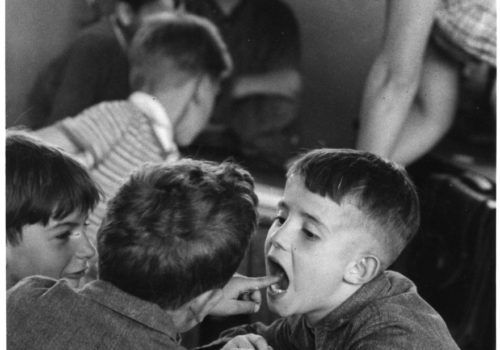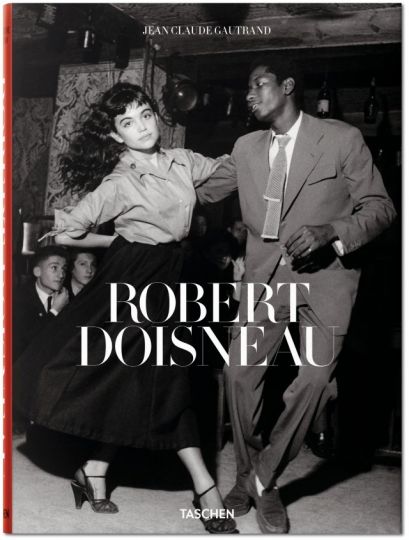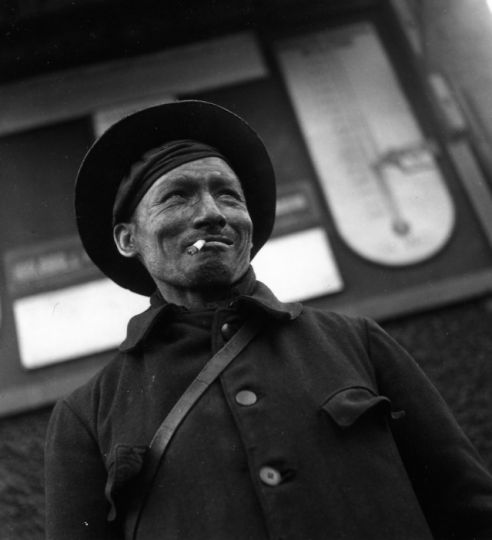Robert Doisneau had a grandfatherly tenderness towards children, recognizing in them his own fragility, a certain nostalgia, the thrill of playfulness, practical jokes and an enduring innocence. Robert, the orphan who lost his mother while still very young, had the habit of comparing himself to the “butterfly child”, clean as a new coin with his high white collared apron, alone but smiling, who found his playmates along a cobblestone road winding through brick factories and suburban homes, his group from the “hood”.
This intermediate space between city and country, a nondescript place in the middle of old fortifications fit for lovers, scoundrels and their children, was an infinitely sad backdrop yet ideal for the smiling child’s adventures his imagination and dreams would inspire with his comrades.
Robert Doisneau’s preferred subject was of course the group of kids left to fend for themselves who, despite everything, managed to see the beautiful and marvelous in a long abandoned skeleton of a car, or in a dead tree evoking the gallows and the Postern of the poplar trees or in their most audacious acrobatic exploits.
Silent yet friendly and kind, always present yet incredibly discrete, Doisneau undoubtedly became the champion of these children he observed diligently in an environment similar to his own at their age, their games, their pains and the difficult life the impoverished must endure.
When he photographed them outside, free to work with lighting and contrast, he liked to emphasize their freedom of movement, their vitality and their ability to improvise their games – whether as flying acrobats with their legs and the air and their feet on walls, or on the hilly streets of Menilmontant proudly intercepted by his father’s airplane.
From his beginnings in photography, Doisneau documented youth, whether from his daily wanderings through the suburbs or the working-class neighborhoods of the capital city. He followed their first steps on the bumpy cobblestones of the periphery, under the noisy bridges of the train tracks, and admired the courageous young charcoal workers along the canal Saint Martin, moved by how serious these young children shopped for their family necessities.
But if he indelibly painted, with infinite tenderness, the multiple images of this ordinary childhood, it was a Parisian teacher who, aware of the complicity that existed between the photographer and his young subjects, asked him in 1956 to document the daily life inside the classrooms.
As was his habit, Doisneau remained discrete, camouflaging his presence and, for two months, observed and photographed the major and minor moments of the life of these young friends: the solitude of the young boy with glasses, the good student who stood out with his hand constantly raised, the pride of showing a tooth that wiggled and would soon fall out, the bully observing the clock, or the hunt for “scholarly information”. While these little moments that we tend to forget come back with fervor in an enveloping wave of nostalgia, we admire Robert Doisneau’s subtle and tender approach.
Agnès de Gouvion Saint-Cyr
Delantales sucios y rodillas lastimadas
Through June 20
Chlidren’s Museum
Shopping Abasto
Av. Corrientes 3247
Nivel 2
Buenos Aires


















